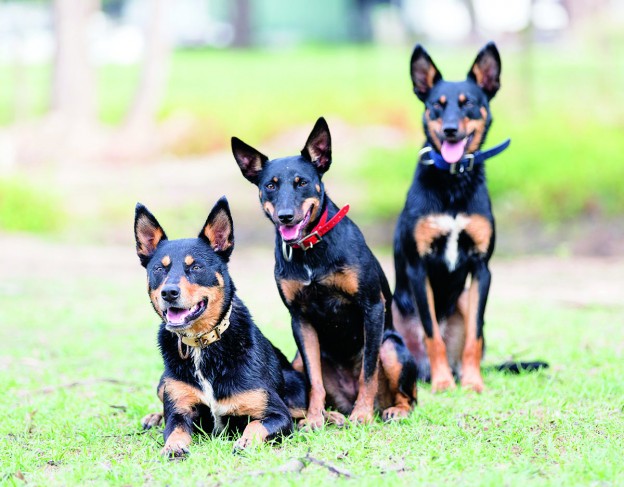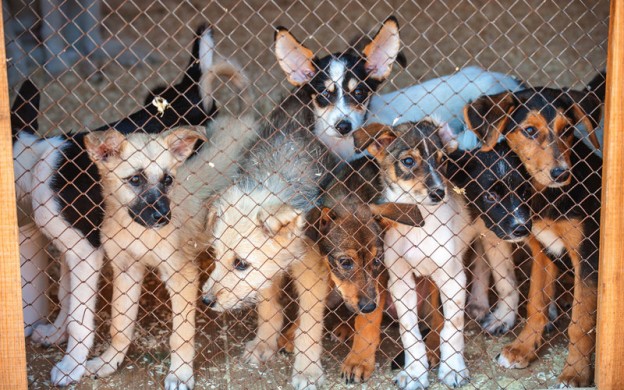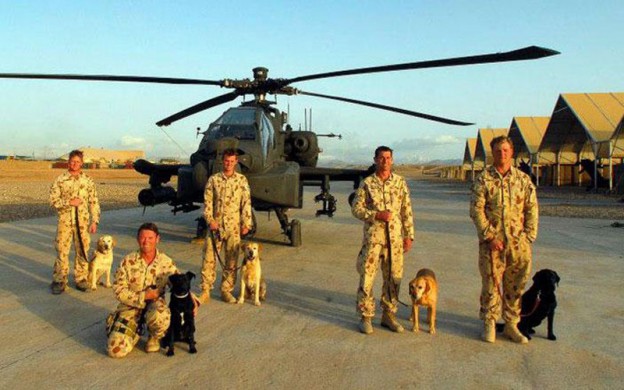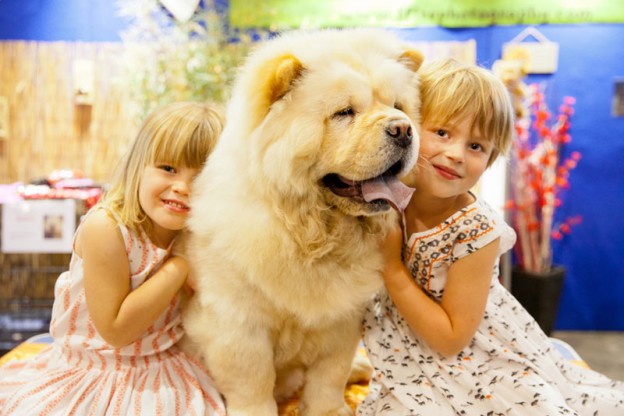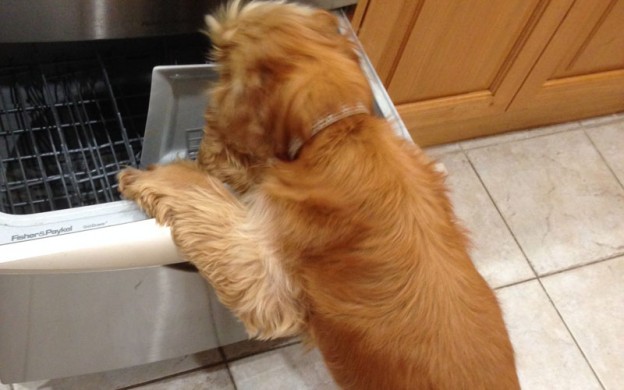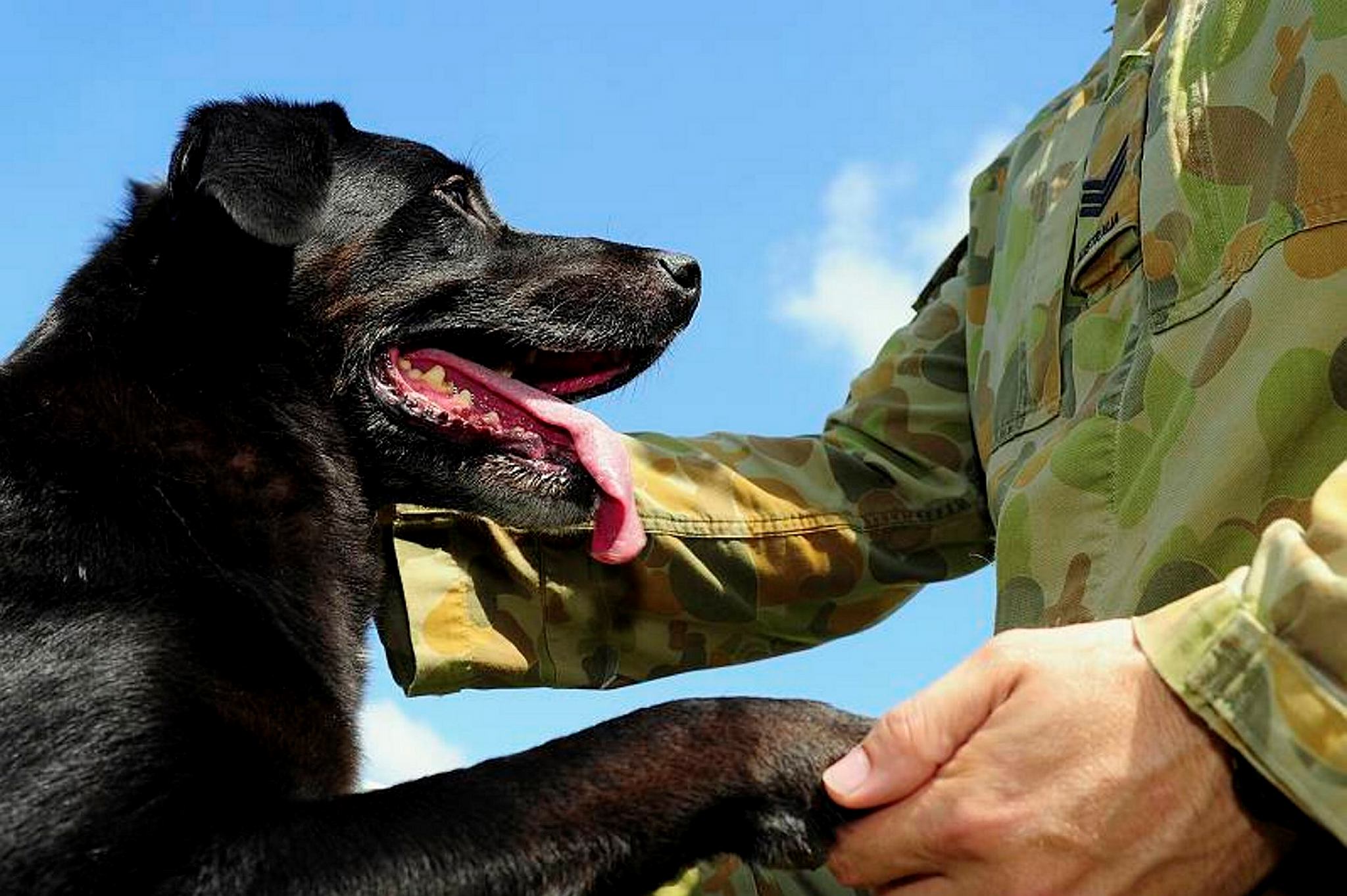
They’ve served with us on fields of battle and have saved thousands of lives in the process. With Anzac Day upon us, Kristie Bradfield takes a look at the proud history of military working dogs and their handlers.
Dogs have been joining us on the battlefield for centuries. Some of the earliest proof of this comes from Egyptian murals depicting canine bravery dating back to 400 BC. Frederick the Great of Prussia used war dogs, as did Napoleon, and war dogs were used extensively in America during the Seminole and Civil Wars.
In modern theatres of war, the skillsets of military working dogs have proven to be invaluable. Among other duties, military working dogs can track the enemy, detect explosives and find casualties. They relish the jobs they are tasked with and they, and their handlers (affectionately known as doggies), do so for the benefit of our forces and allies.
Honouring our war dogs
Between 2009 and 2012, lieutenant colonel George Hulse, the Royal Australian Engineers (Retd), interviewed a group of servicemen who had fought in wars stretching as far back as Korea.
While the conflicts they fought in are separated by decades, there was a common thread of mutual respect and genuine affection for the military working dogs. Thankfully, we have these stories, and similar accounts compiled by historians, to ensure the bravery shown by these Aussie heroes lives on. Here are just a few of their amazing tales.
Private Jim Moody and Horrie — First Australian Machine Gun Battalion, World War II
The story of Horrie the war dog, a little white stray terrier from Libya, captivated the Australian public during and following World War II.
After being rescued and nursed back to health by Private Jim Moody and members of the 2/1st Machine Gun Battalion, it was discovered that Horrie was a lot more than a feisty mascot for a thousand diggers: he had an uncanny knack for the early detection of Hitler’s feared Stuka aircraft. It wasn’t long until the entire Australian 6th Division figured out that when Horrie’s ears pricked up and he let out a guttural growl, it was time to head for the trenches, which undoubtedly saved many lives.
While Horrie survived campaigns in Libya, Greece, Crete and Egypt, it was in Australia that he faced his biggest threat. The Department of Health at the time had a policy of euthanising pets brought home from war and, despite his celebrity status, the Department had its sights on Horrie. After being threatened with jail, Moody delivered Horrie to the Abbotsford Quarantine Station, where the dog was to be put to sleep.
There was public outcry and disbelief when Horrie the warrior dog was euthanised, and Moody shouldered the brunt of the blame.
What the public — and the Department of Health — didn’t know was that the real Horrie escaped his death sentence and lived out his days on a dairy farm in Cudgewa, Victoria, where he sired two litters of seven pups and was visited over the years by Moody and his old digger mates.
Corporal John Cannon and EED Storm — Royal Australian Engineers, Afghanistan
Sapper John Cannon was paired with two electronic detection dogs (EDDs) during his time in Afghanistan: EDD Sam and EDD Storm. The role of an EDD is to search for and detect improvised explosive devices (IEDs) and weapon caches. It’s an incredibly dangerous job but it is also one that must be done to support troops on the ground, as well as civilians and vital infrastructure.
“We were patrolling along a rock wall behind a group of combat engineers,” says Cannon. “I decided to put Storm up on top of this rock wall and got him to search along the upper parts of that wall. He searched for a short while and then indicated that he had something. I called in the combat engineers, who found a 20kg yellow palm oil container, filled with homemade explosives, and a short length of detonating cord. I sent him further on, along the top of the wall, and he indicated again. This time, he found a second palm oil container, the same as before. This was a convincing non-metal find for the EDD team and definitely saved lives and equipment.”
Private Peter Haran and Caesar — Royal Australian Infantry, South Vietnam
In 1966, at the age of 17, Peter Haran enlisted in the Australian Regular Army. When he showed an interest in becoming a tracker and dog handler, he underwent training and was matched with a black Labrador cross Kelpie called Caesar, who had been recruited from a Sydney refuge.
After deploying to South Vietnam, Haran and Caesar were tasked with tracking operations carried out in very active combat zones.
One of the operations that Haran remembers vividly occurred south-west of Nui Dat following a horrific incident involving brutal M16 mines, also known as “jumping jacks”. Haran was tasked with tracking the enemy and upon deplaning, he, a coverman, a machine gunner and Caesar started to patrol the contact site.
“We patrolled for a couple of hundred metres when we came upon a T-junction in the track,” says Haran. “This was a dangerous situation and I willed Caesar to point (indicating with paw and nose towards a suspected hideout). He did not. Instead, Caesar came straight back to me and sat on my foot. He had never done this before.”
Being stationary and exposed in the middle of enemy territory, Haran knew his team was in a precarious situation, but Caesar’s bizarre behaviour was enough to make him pause.
A moment later, the platoon commander stepped on a mine that blew off both his legs. Two sappers had gone on ahead and when they reached the T-junction, they found a large anti-tank mine and four M16 anti-personnel mines. The actions of Haran and Caesar saved many lives that day.
“Caesar had never received any training in mine and explosive detonation, but he was suspicious of what he found at the T-junction and, for good measure, he came back and sat on my foot so that I wouldn’t continue forward. That was the worst day I was to experience during my tour of duty. That day haunted me then and still continues to do so to this day.”
Thank you
Unfortunately, there is not enough space to honour all the dedicated dog teams that have served our country so bravely, but there is a gesture that lieutenant colonel Hulse urges the Federal Government to make: to issue a medal to Australian military working dogs for their contribution to our combat forces.
“All Australian doggies and their mates in combat units would be delighted if the Federal Government would accept the contribution of the military working dog to our combat units and recognise this service with the issue of a medal to our military working dogs,” says Hulse. “We in the Australian Defence Force Trackers and War Dogs Association continue to ask the Federal Government for this simple piece of recognition — more for the handlers and their units than for the military working dog; after all, a dog just wants the love of his mates and wouldn’t have a clue why it is receiving a medal.”
More amazing stories
Want to read more of the interviews with doggies by lieutenant colonel Hulse? Head online to Aussie War Dogs website.
Plus, there have been several books published about our military working dogs. These include:
- Horrie the War Dog — Roland Perry
- Trackers: The Untold Story of The Australian Dogs of War — Peter Haran
- Animals in Combat — Nigel Allsopp
- Cry Havoc: The History of Military War Dogs — Nigel Allsopp



